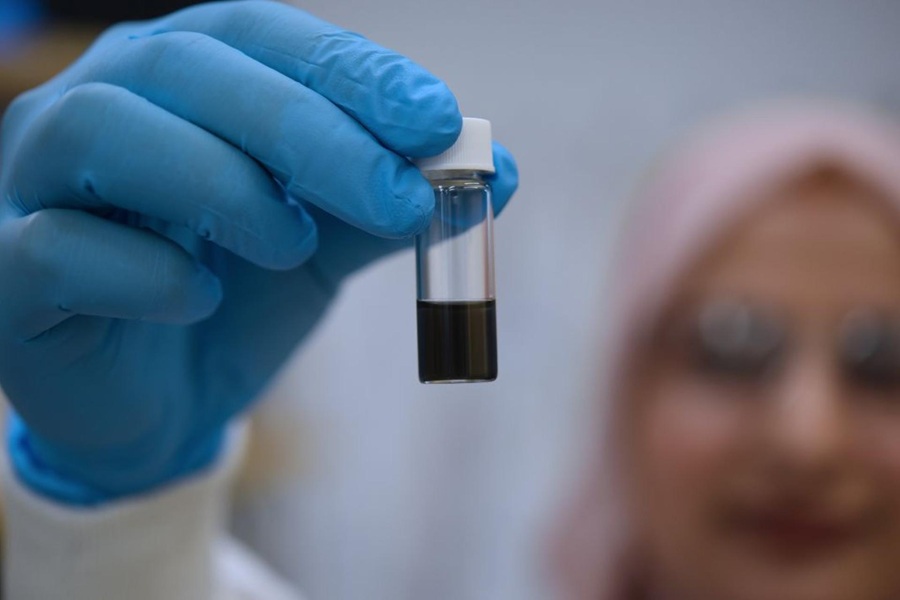Personal Continuous Glucose Monitoring Device Validated
By LabMedica International staff writers
Posted on 17 Sep 2008
A personal continuous glucose-monitoring (CGM) device significantly reduced the average blood glucose levels (A1c) of adult patients with type 1 diabetes. This further validated the ability of the device to substantially improve diabetes management and glucose control. Reducing A1c can result in reduced risk of long-term side effects associated with diabetes, including blindness and kidney disease.Posted on 17 Sep 2008
A multicenter, 322-patient trial, funded by the Juvenile Diabetes Research Foundation (JDRF; New York, NY, USA), found that after six months adults using the personal CGM realized a statistically significant 0.53% absolute reduction in A1c as compared to the control group. All patients in the study experienced statistically significant absolute reductions in A1c levels ranging from 0.5-0.7% when the personal CGM was used at least six days a week. Moreover, improvements in A1c occurred without an increase in severe hypoglycemia (low blood sugar).
Medtronic (Northridge, CA, USA) currently markets the integrated diabetes management system that combines the personal CGM with insulin pump therapy. It is called the MiniMed Paradigm Real-Time system. Medtronic also offers a stand-alone personal CGM device--the Guardian Real-Time system.
Medtronic is a world leader in advanced diabetes management solutions. Their products include integrated diabetes management systems, insulin pump therapy, continuous glucose monitoring systems, and therapy management software.
"We are confident that the JDRF study results will aid physicians' efforts to bring personal CGM to more patients,” said Chris O'Connell, president of the diabetes business at Medtronic. "In fact, healthcare insurers are already seeing value in this technology. Many have policies for personal CGM devices, and new coverage decisions are being made regularly.”
Results from the multicenter study were presented on September 8, 2008, during the European Association for the Study of Diabetes annual meeting in Rome, Italy, and portions of the data will be published in the October 2, 2008, issue of the New England Journal of Medicine, which is also available online.
Related Links:
Juvenile Diabetes Research Foundation
Medtronics














